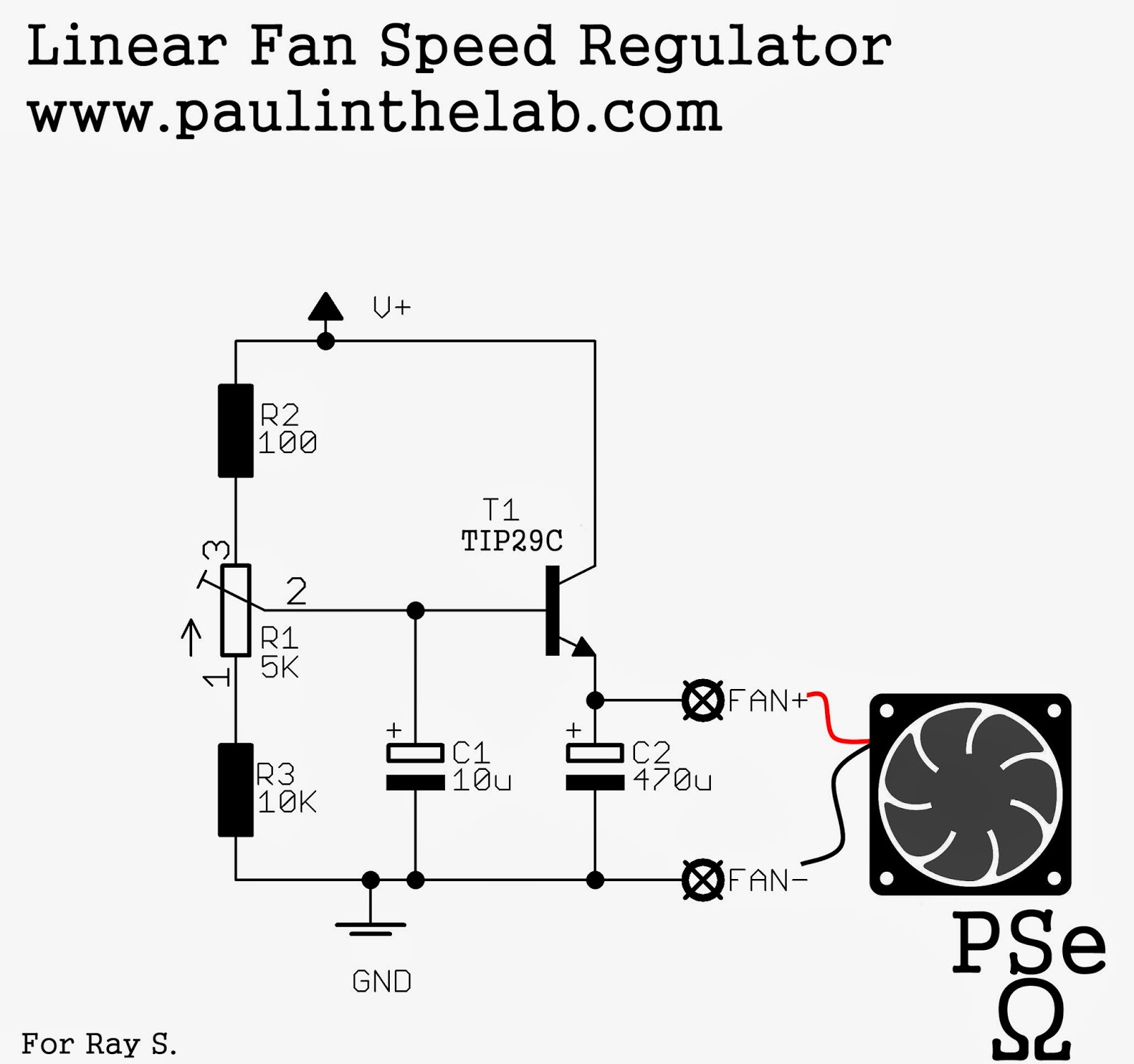The TDA2822M IC is a stereo power amplifier that I often come across in old walkmans/radios so I thought I would make a stripboard project for you people. Because I'm sure if you're an avid junk collector like me you will probably have one of these however if you don't; no worries you can buy them really cheaply from the grey market (or probably on digikey or something) below is a link to a grey market china shop I use often and so have had no trouble with. you could buy 50 of them for £3.56 ! so if you have 50 friends who have iPods that can't power headphones properly because they have piss weak amplifiers in them - since that idiot sued them - you can make 50 headphone amplifiers and sell them to your mates or whatever.
Grey Market ICSAnyway using this kind of IC is much better than using that well known
CMOY amp design that is essentially more of a line buffer (which is useful in itself) but doesn't give you any extra power - where as this does!
The other cool thing about this IC is that you can run it from as low as 1.8 volts.
I know I will get questions asking me about its performance using different headphones so I am going to preemptively post the typical output power from the datasheet.
if you're new to reading datasheets this may look abit like gibberish but I'll give you a quick description of what you're looking at.
this is the part of the datasheet that deals with "Po" or power output and this is measured in
watts (or in this case
miliwattsand they get these results from using a 1 KHz sinewave which is a typical test condition for testing a lot of electronic components (as listed under the Parameter section)
They then list the "Test Conditions" which in this case uses
Rᴸ (Resistive Load - which in this case is a pair of headphones)
the other number "
Vs" - is "Voltage Supply" (which I'm sure you know is whatever voltage you're powering it with)
Then we get to the Min./Max section - this is basically the Power Output of the IC (in miliwatts) using some basic test conditions.
So.. using this table I can get an idea of the Power Output with the headphones I own.
for example I have a pair of headphones on the desk here (for abuse)
using my meter on the resistance range I know that their impedance is about
4Ω and I am powering the stripboard (below) using 2 AA batteries which should be
3 volts.
using the table above I know that the Power Output will be about
110mW - which is very dam loud when we're talking headphones. (there will obviously be some discrepancy because music isn't just a 1KHz sinewave but it's good enough to gauge how much Power we're going to get out of this thing.
Hopefully that is clear enough to understand (I know I'm not the best at grammar etc. - my brain is often all over the place)
but I urge you to take a look through the whole datasheet because it's very interesting (most datasheets are)
HEREAnyway - when you turn this on don't have your headphones on/in your ears in case you've made a mistake or your MP3 player is playing too loud. Use this amplifier at your own risk


















































